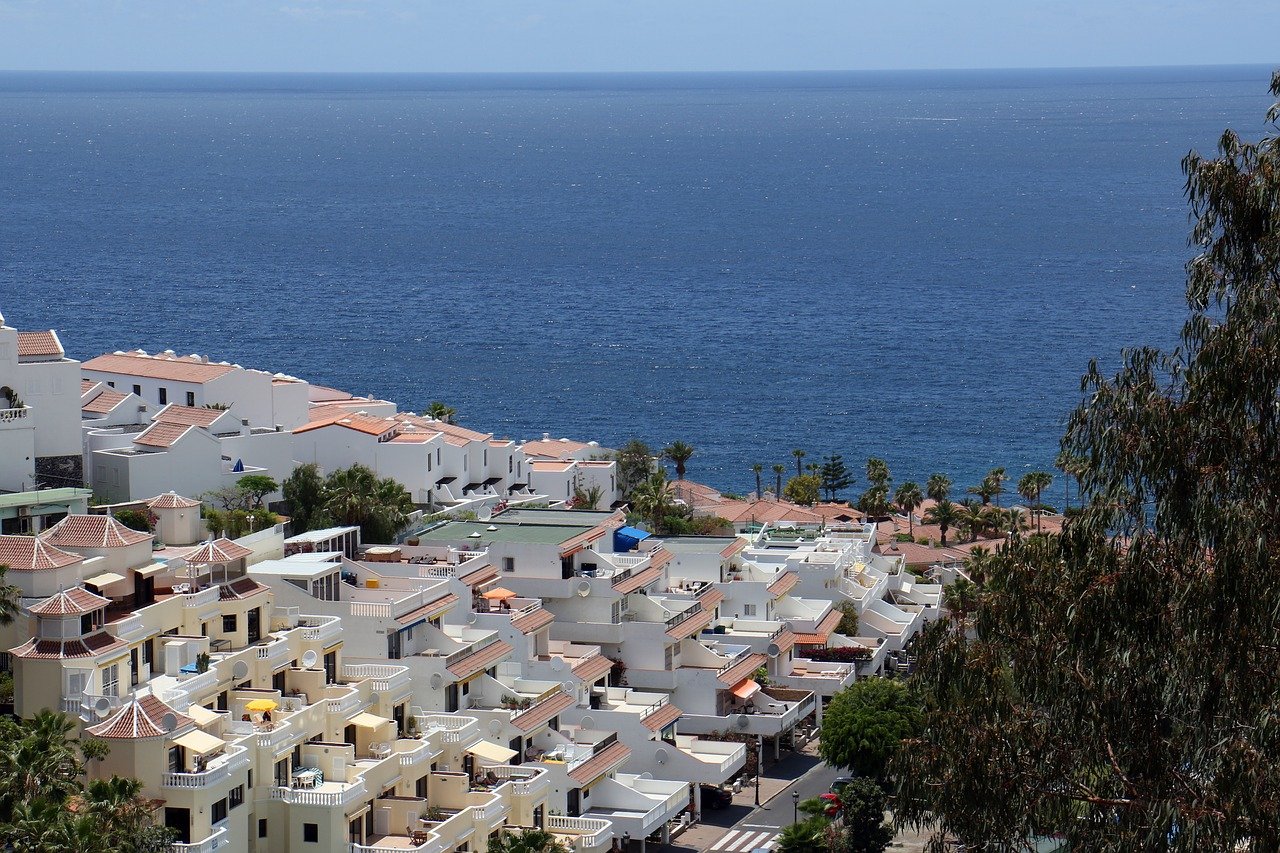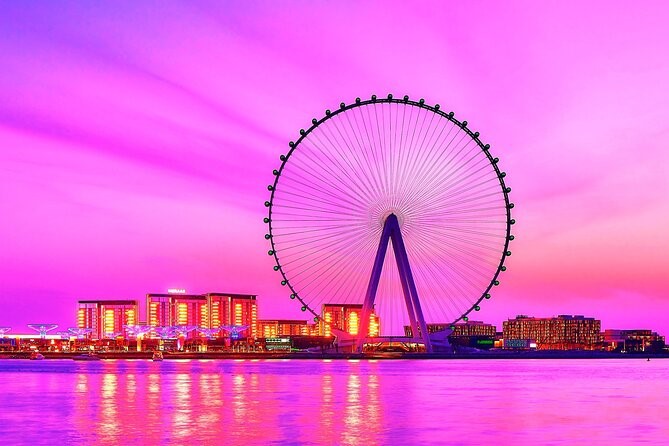Despite the impact of the Covid pandemic and subsequent downturn in tourist numbers many travel industry observers expect the sector to bounce back significantly over the next few years. With investments in portals such as AirBnB maintaining value throughout the crisis.
Already there are signs of recovery in both domestic and international travel, with Spain in particular proving popular with sun starved tourists from Northern Europe as flight capacity starts to return to more normal levels over the summer months.
Prior to the pandemic, Spain was the most visited holiday destination in Europe – attracting millions of tourists every year. Which in turn also ensured it was a hotspot for property investors keen to take advantage of the fast-growing private holiday rental market. A tourism model which looks set to continue gaining traction in the post Covid era at the expense of the hotel sector – which offers guests less social distancing and privacy.
Where are the best locations in Spain to invest in a holiday property?
Tourism in Spain is concentrated in three broad areas – the southern coastal or costa areas. And Spain’s two main island groups – The Canaries and the Balearics
In addition, the urban conurbations of both Barcelona and Madrid offer excellent scope for investors seeking to specialise in city breaks instead of the more traditional bucket and spade beach tourism model.
However, authorities in both cities are starting to push back against private, unlicensed rentals – as they are deemed to have contributed to increased private rental costs whilst hollowing out local communities. As a result, rental investments in these areas are far from risk free and subject to ever growing regulation – so are not advisable for anyone seeking out long term returns.
Whilst Southern Spain and the Balearics have traditionally enjoyed very high tourist numbers this also means that new entrants into the holiday rental market here also face much stiffer competition from thousands of other owners all vying for the same booking. And in addition, both regions are also seasonal – offering rental returns from April through to October only.
The Canary Islands – Investment Hot Spot
The Canary Islands however have a far more clement climate as they are located much further south off the coast of North Africa – and as a result enjoy sunshine all year round. Making them a magnet for both tourists and property investors alike.
As well as year-round sunshine the Canary Islands are also very accessible to key tourist markets such as the UK, Germany and France – whose nationals make up the bulk of visitors to Spain. Low-cost airlines make flights affordable from these countries, whilst flight times are around four hours from each – much shorter than for other winter sunspots such as the Caribbean and South-East Asia.
The Canarian archipelago is also blessed with amazing beaches, thriving cultural and sporting attractions and a modern infrastructure due to decades of inward EU investment – making them the ideal location for anyone seeking a property in the sun.
Who Buys Property In The Canary Islands?
Investors tend to fall into three main brackets. Firstly, retirees looking for a permanent residence where they can enjoy their golden years. Secondly, professional property investors seeking an apartment or villa which they can rent out to other holidaymakers. And lastly non-residents on the look out for a bolthole in the sun which they can retain for their own private use.
Traditionally the British have been the largest investment group by nationality – and around 1 million British nationals are estimated to own a property in Spain according to the lest government data.
However, Brexit and the UK’s secession from the EU on January 1st may put a dent in that position of primacy over the coming years as British owners face much tighter restrictions on how often they can now visit their property and are limited to just 90 day stays in every 180 day period.
In addition, as non-EU nationals’ British owners must now pay a higher tax rate of 24% on their property whilst they are no longer able to claim deductions against tax such as mortgage interest.
Other EU nationals such as the Germans and French face no such restrictions however – and UK tourism is still expected to continue climbing in the post covid era. Making investment here every bit as relevant as prior to the pandemic.
Where Are The Best Islands to Buy Property?
There are seven islands in the Canarian archipelago (eight of you include the tiny island of La Graciosa and its 600 inhabitants!) and each offers a different investment proposition.
Tenerife and Gran Canaria are the largest and most popular – whilst Lanzarote at the eastern end of the chain enjoys arguably the best climate and the lowest rainfall due to its proximity to the coast of Africa just 80 miles away.
Estate agents in Lanzarote have been reporting an upswing in interest from overseas buyers since the relaxation of travel regulations in July and offer a wide selection of villas and apartments for sale with prices starting at around €90,000.
Other islands in the chain worthy of inspection include Fuerteventura – Lanzarote’s next-door neighbour and La Palma, where tourism is yet to take off on the same scale as elsewhere.







